Nature isn’t always cute and calming—sometimes it’s loud, violent, or downright terrifying.
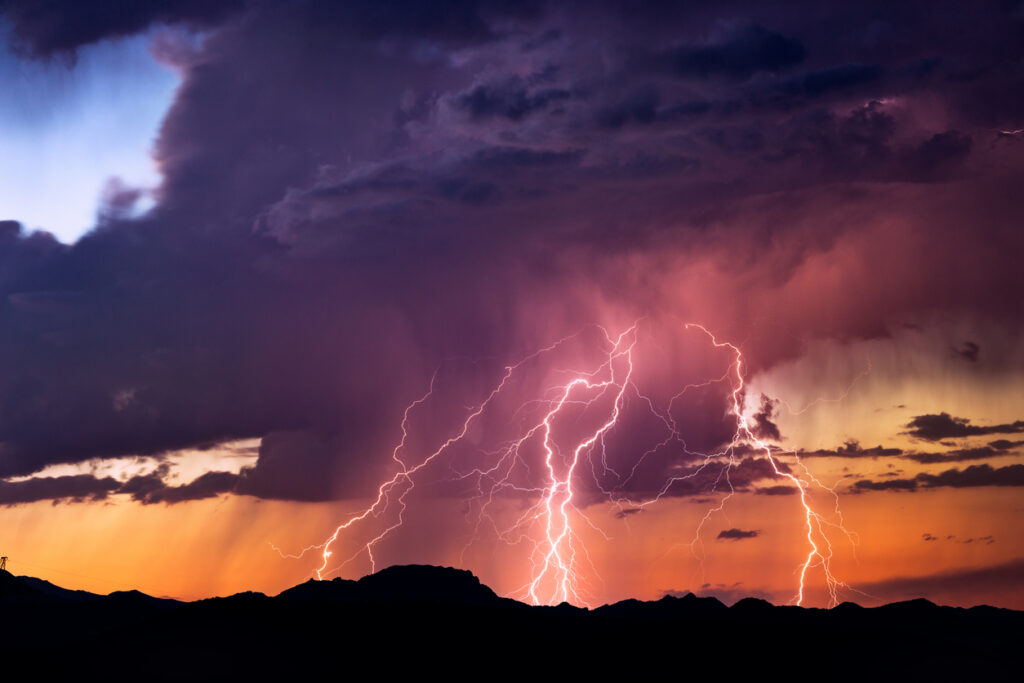
However, the planet has a funny way of turning chaos into balance. These scary natural events might look like scenes from a disaster movie, but they actually play an essential role in keeping ecosystems healthy and life ticking along behind the scenes. Here are some of the less than pleasant things that happen on Earth that can actually help sometimes.
1. Wildfires
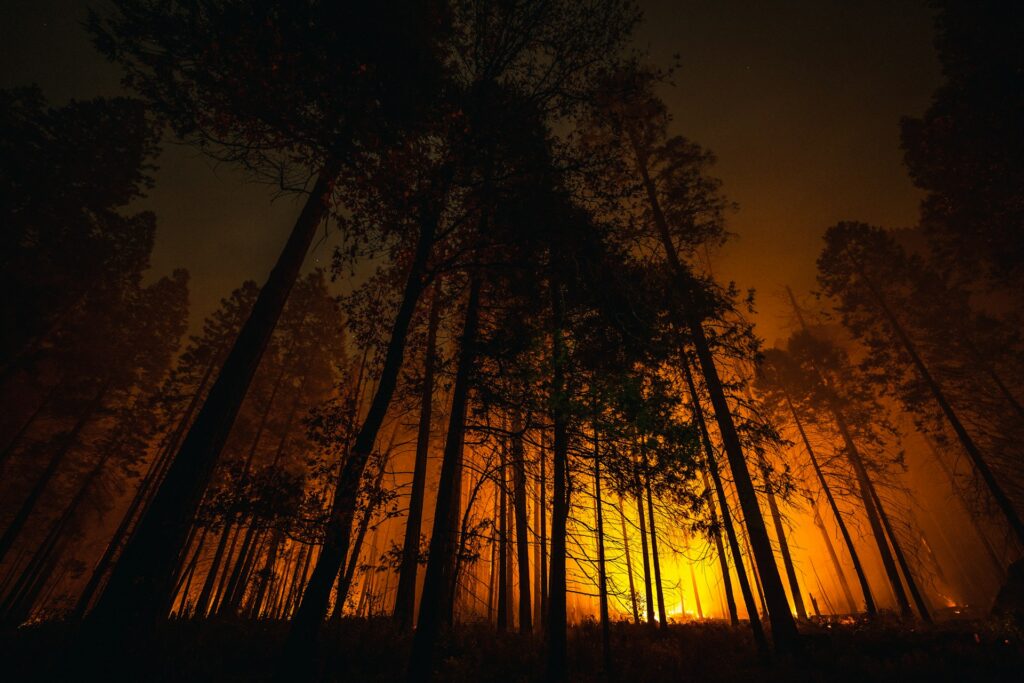
Massive forest fires can feel apocalyptic. The smoke, the destruction, the speed—it’s enough to send wildlife and humans alike into panic mode. But many ecosystems, especially in places like Australia and North America, actually rely on fire to stay healthy. Some trees even need extreme heat for their seeds to sprout.
Fires clear out dead wood and thick underbrush, allowing sunlight to reach the forest floor again. This makes space for new plants to grow and brings nutrients back into the soil. In short, wildfires are nature’s (very dramatic) way of hitting reset.
2. Volcanic Eruptions
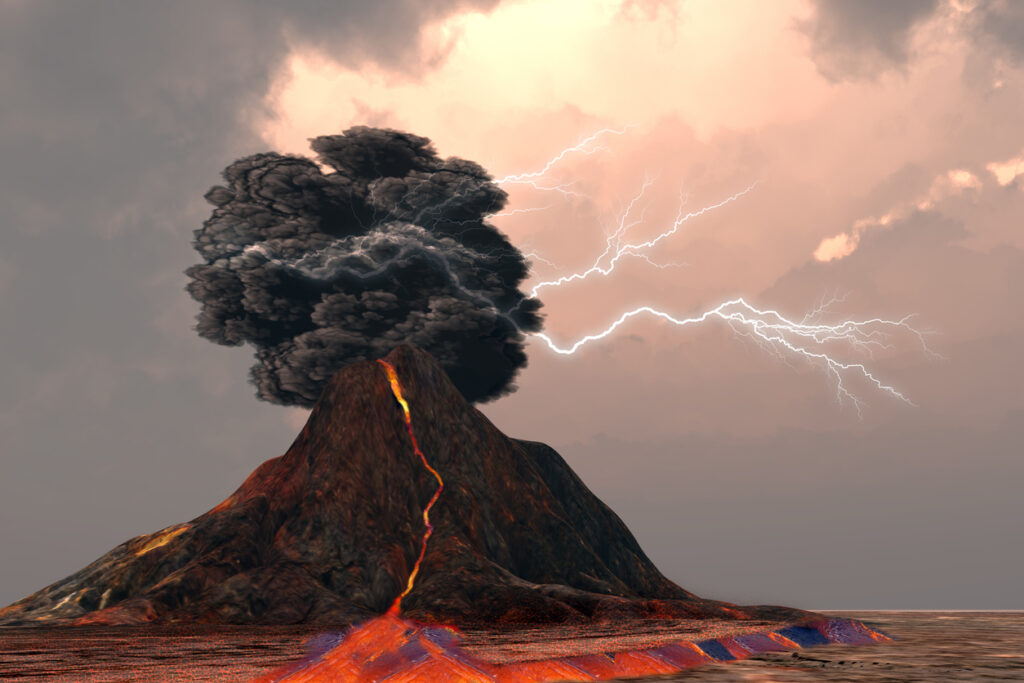
When a volcano erupts, it can change landscapes in minutes and displace entire communities. But it’s not all destruction—volcanoes also build land, form new islands, and enrich surrounding soil with minerals that supercharge plant growth for decades to come.
Places like Iceland and Hawaii wouldn’t exist without volcanic activity. Even after a major eruption, new life tends to bounce back stronger and more diverse. It’s a chaotic reboot that paves the way for fresh ecosystems to take root.
3. Lightning
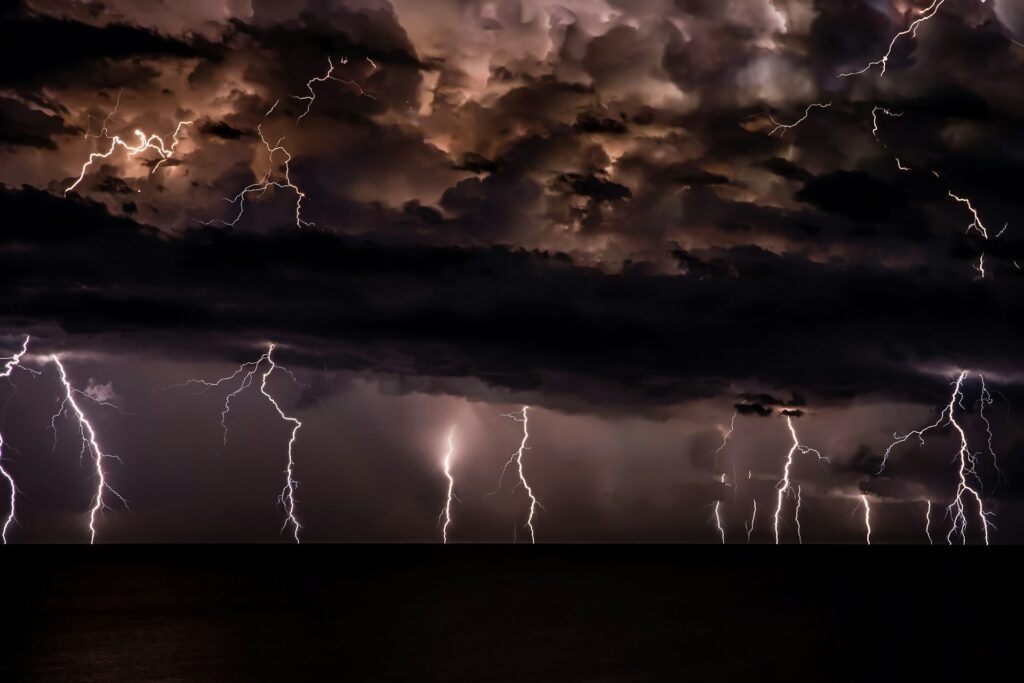
Lightning is powerful, unpredictable, and often deadly. But it’s not just a flashy sky show—it plays an important role in fixing nitrogen in the atmosphere. That might not sound exciting, but it’s essential for plants to grow and for ecosystems to thrive.
Every bolt of lightning helps turn nitrogen into a form that plants can absorb. Without it, the soil wouldn’t be as fertile and the food chain would take a serious hit. So yes, lightning can strike fear, but it also jumpstarts life from the clouds down.
4. Flooding
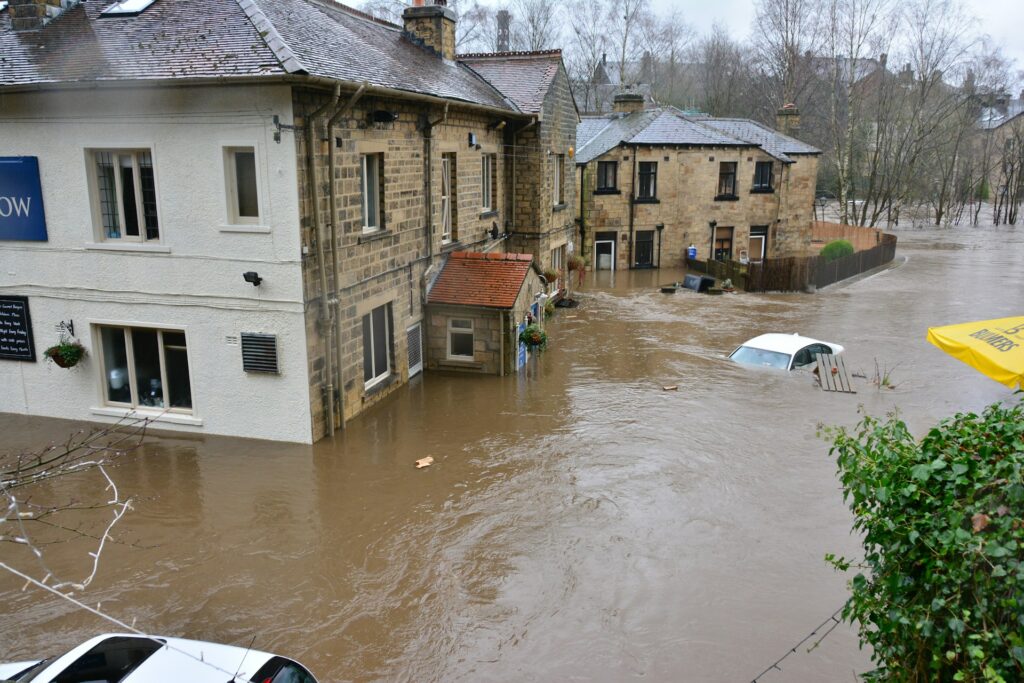
Floods can feel like the planet is turning against us. They ruin homes, swallow roads, and leave destruction in their wake. But in the natural world, floods have a softer side—especially in river ecosystems that depend on seasonal overflow.
Floodwaters spread nutrient-rich sediment across floodplains, refreshing soils and feeding plant life. They also help fish and amphibians reach new breeding grounds. In many ecosystems, a flood is just the planet doing a bit of deep-cleaning and rebalancing.
5. Hurricanes
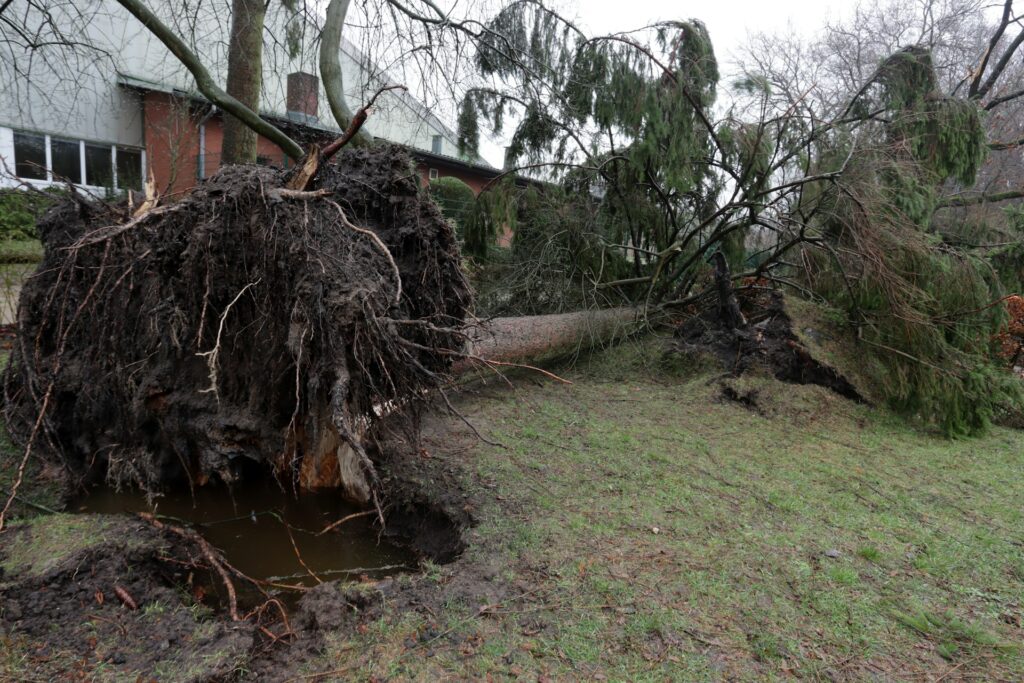
With their high winds and torrential rain, hurricanes are some of the most feared weather systems around. But beneath all the destruction, they serve a surprising purpose—redistributing heat and moisture across the planet.
Hurricanes help regulate the Earth’s temperature by moving warm air from the tropics toward the poles. They also replenish wetlands, stir up nutrients in coastal waters, and—strangely enough—help coral reefs by reducing surface temperatures in overly hot seas.
6. Earthquakes

Earthquakes are fast, unpredictable, and powerful—and they can leave cities flattened in seconds. But geologically, they play a vital role in shaping the planet’s surface. Without them, we wouldn’t have mountains, valleys, or even continents changing over time.
They’re a key part of plate tectonics, the process that recycles Earth’s crust and keeps things like the carbon cycle functioning. Scary as they are, earthquakes are the engine behind some of Earth’s most dramatic and beautiful features.
7. Landslides
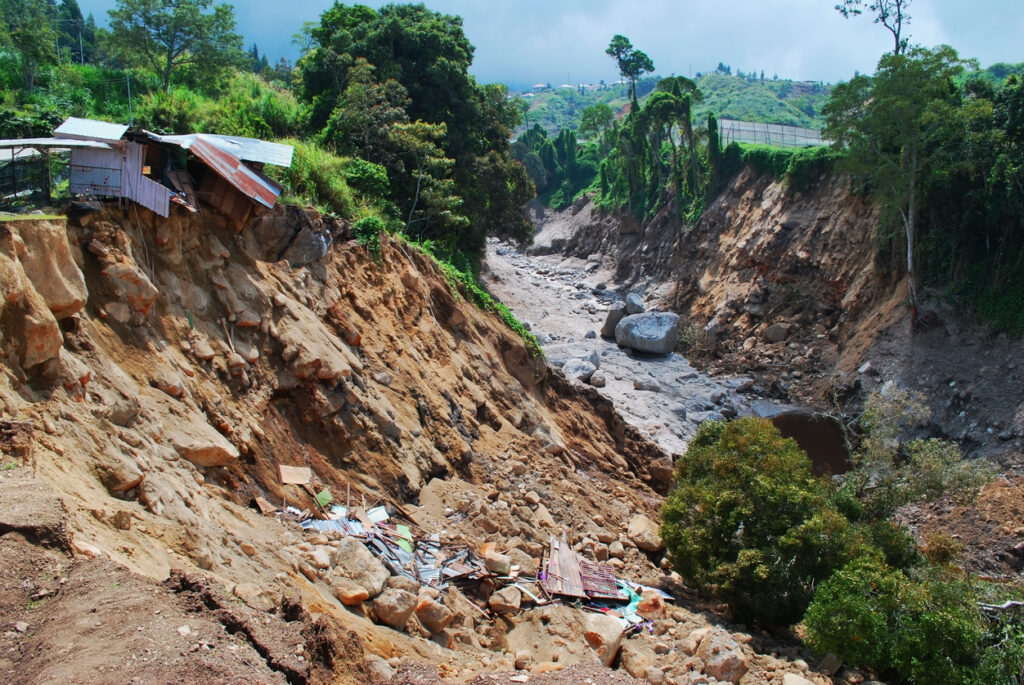
A hillside collapsing in on itself is terrifying to witness, and the damage can be severe. However, landslides help nature reset, especially in mountainous and hilly ecosystems that need periodic disruption to stay balanced. They create new habitats by clearing overgrown areas and opening space for pioneer species to colonise. As time goes on, the bare slopes they leave behind become rich grounds for regeneration and biodiversity to take hold again.
8. Glacial Melting (In Moderation)
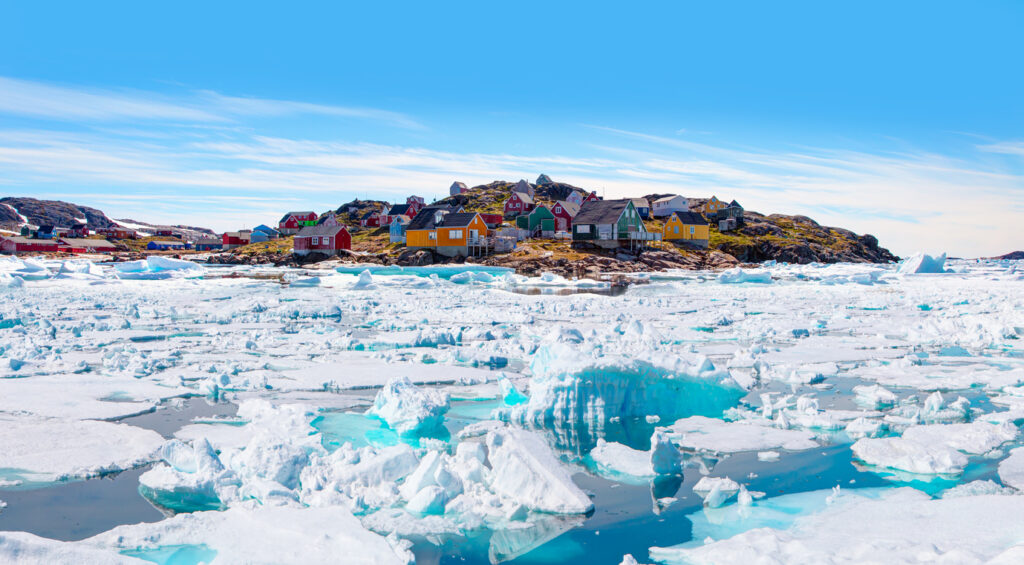
It’s easy to panic when you hear “melting glaciers,” and rightly so, given what it signals about climate change. But in moderation, seasonal glacial melt has long provided freshwater for millions of people and ecosystems, especially in mountain regions.
This meltwater feeds rivers, hydrates farmland, and keeps entire communities and wild habitats alive through dry months. The danger comes with imbalance—too much melting, too quickly. But when it’s steady, it’s life-giving.
9. Ocean Storm Surges
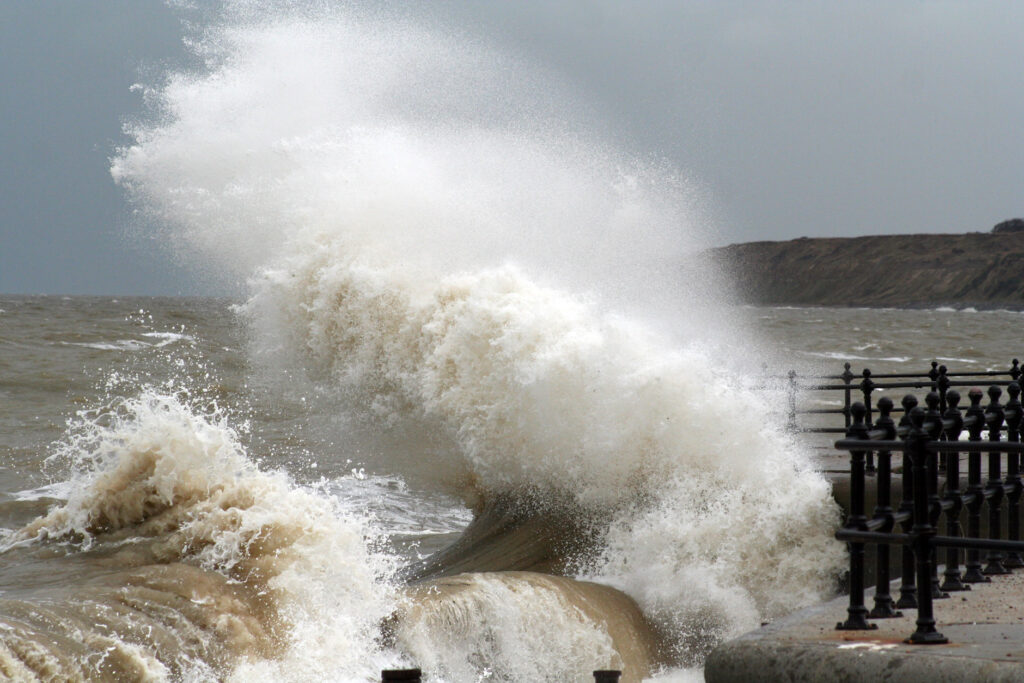
Storm surges can batter coastlines and swallow beaches, but they also play a hidden ecological role. These powerful waves can flush out estuaries and lagoons, removing pollutants and reoxygenating the water. They redistribute sediments, reshape shorelines, and help renew the ecosystems that live right at the water’s edge, like mangroves and salt marshes. They’re rough, but they do important cleanup work when nature’s got a little clogged up.
10. Droughts
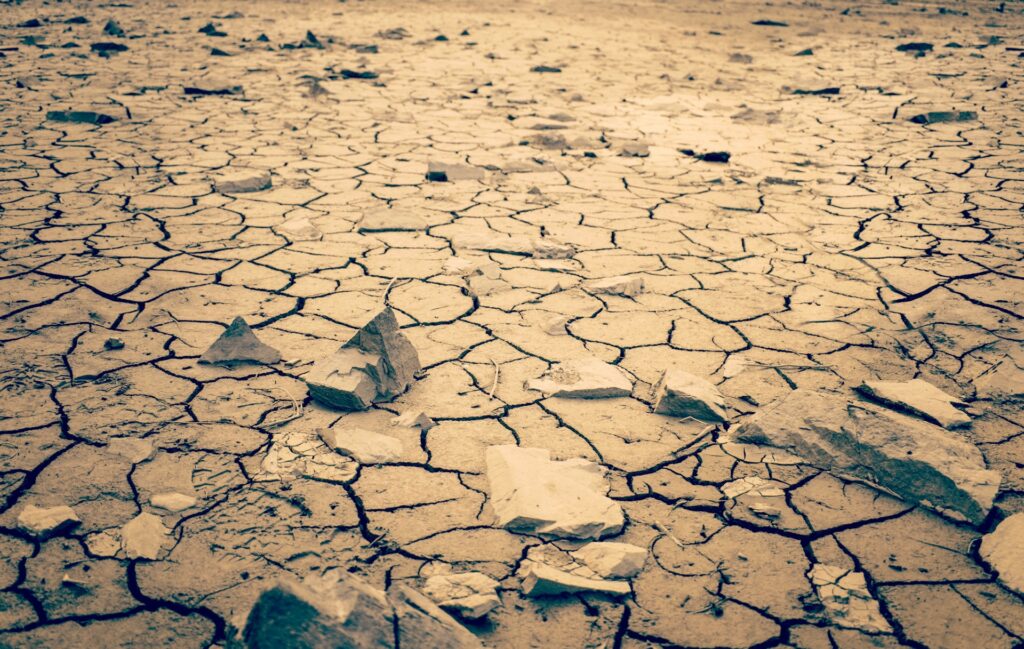
It’s hard to see any benefit in dry spells that parch the land and threaten food supplies. But some ecosystems depend on drought cycles to trigger key survival strategies—like seed germination or migration changes in certain animals. In places like the African savanna, droughts push herds to move, spread out grazing pressure, and reset parts of the ecosystem that might otherwise get overgrown or imbalanced. Nature doesn’t waste a dry spell—it uses it.
11. Avalanches
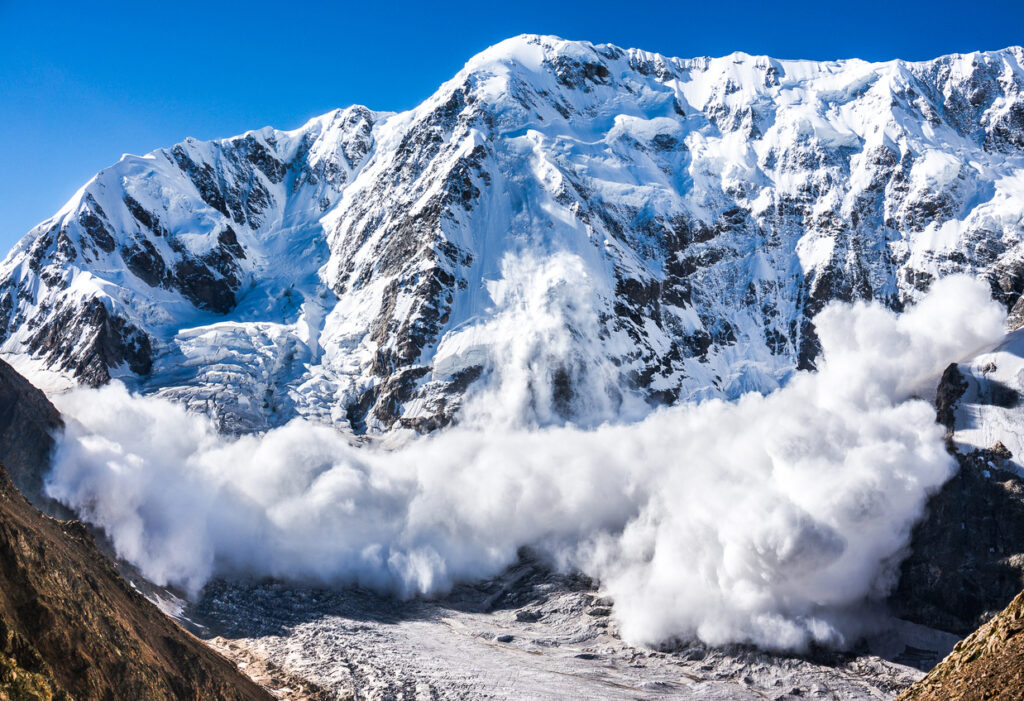
Avalanches are brutal and fast-moving, tearing through snowfields with little warning. However, they also help reset alpine ecosystems by clearing old snow layers and allowing new plant life to take hold once the snow melts. They stop over-accumulation of snow that could lead to longer-term instability. In some cases, they even bring nutrients down to lower elevations where growth needs a boost.
12. Sandstorms
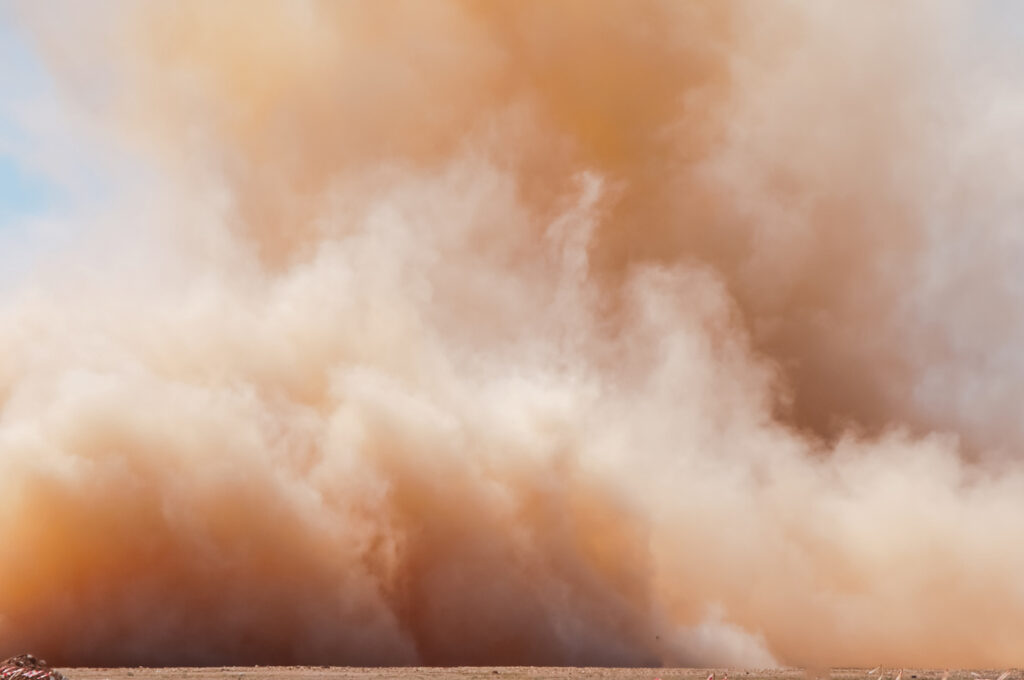
Sandstorms sweep across deserts and open plains with incredible force, blanketing everything in their path. But they’re also one of the planet’s weirdest natural delivery systems. The dust they carry is full of minerals, and when it travels—sometimes across oceans—it fertilises rainforests, enriches soil, and even feeds phytoplankton in the sea. They might look menacing, but they’re planet-wide couriers of life.